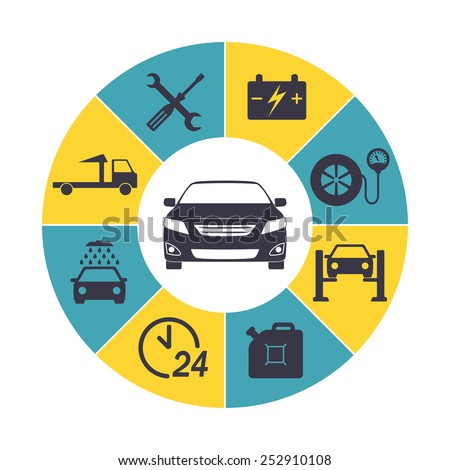Brake System Insights: Common Concerns And Efficient Repair Strategies
Brake System Insights: Common Concerns And Efficient Repair Strategies
Blog Article
Short Article Author-Flynn Reynolds
When it involves your lorry's brake system, understanding common concerns can conserve you from prospective safety and security threats. From identifying brake pad wear to attending to brake liquid leakages, understanding how to deal with these issues is crucial. But what about those squishy brake pedals? There's a fix for that also. Keep tuned to get more information concerning these concerns and the practical services that can maintain you safely on the road.
Brake Pad Wear and Substitute
When it comes to maintaining your automobile's brake system, one vital aspect to keep an eye on is the wear and substitute of brake pads. Brake pads are necessary parts that press against the brake blades to reduce or stop your car. With time, these pads wear down as a result of rubbing, needing normal examination and substitute to guarantee your brakes function properly.
To determine if your brake pads require replacement, listen for shrieking or grinding noises when you apply the brakes. Furthermore, if your automobile takes longer to quit or you observe resonances or pulsations when braking, it might be time to replace the brake pads.
Overlooking used brake pads can cause decreased stopping efficiency, damage to various other brake components, or even brake failing.
Changing brake pads is a fairly straightforward procedure for numerous vehicles. Nevertheless, if you're unclear or uncomfortable performing this task, it's ideal to get in touch with a specialist auto mechanic to make certain proper installation and optimal brake performance.
On a regular basis checking and changing brake pads is crucial for your safety and the durability of your lorry's stopping system.
Brake Fluid Leaks and Upkeep
To guarantee your vehicle's brake system functions ideally, it is very important to likewise focus on brake fluid leakages and maintenance. Brake liquid is critical for transferring the force from your foot on the brake pedal to the actual stopping device. https://deanibvnf.elbloglibre.com/30215655/watch-out-for-the-changes-and-developments-that-will-define-the-future-of-car-fixing with brake liquid is leakages, which can take place as a result of deteriorated brake lines, seals, or links. If you observe a pool or drips under your vehicle, it's essential to address the leakage promptly to avoid a prospective brake failing.
Consistently checking your brake liquid level is key to preserving your brake system. Reduced brake liquid can cause air going into the brake lines, which jeopardizes stopping performance.
In addition, old or infected brake liquid can influence the general effectiveness of your brakes. It's recommended to comply with the producer's guidelines on when to alter the brake liquid, typically every 2 years.
Spongy Brake Pedal: Blood Loss Brakes
If you have actually ever before experienced a squishy brake pedal while driving, you recognize the importance of preserving a company and receptive braking system. One typical cause of a squishy brake pedal is air caught in the brake lines. When air gets in the brake system, it can bring about a loss of hydraulic stress, resulting in that upsetting mushy sensation when you push the brake pedal.
To solve auto parts and supplies , bleeding the brakes is necessary. Hemorrhaging https://motor-vehicle-chassis06394.nizarblog.com/30424891/revealing-the-insider-expertise-of-a-five-star-car-upkeep-center involves removing the air from the brake lines to bring back appropriate hydraulic stress.
To hemorrhage the brakes, you'll require a helper to assist you. Start by situating the brake bleeder valve on each wheel, usually discovered near the brake caliper. With a wrench, loosen up the shutoff and have your assistant press the brake pedal while you observe any air bubbles coming out. Repeat this procedure for every wheel, beginning with the wheel farthest from the master cyndrical tube and relocating closer.
As soon as you no more see air bubbles and just clear liquid arises, tighten the valve and top up the brake fluid tank as required. Hemorrhaging the brakes assists make certain a company brake pedal and boosts overall stopping efficiency.
Final thought
Now that you comprehend typical brake problems and exactly how to fix them, you can guarantee your vehicle's safety and efficiency. Keep in mind to listen for warning signs like screeching noises or squishy brake pedals, and address them promptly. Regular upkeep and timely substitutes are key to maintaining your brakes in top condition. Stay https://www.autobodynews.com/index.php/midwestern/item/25265-valentine-auto-body-in-waterloo-il-changes-hands.html and conscientious to your brake system to delight in secure and dependable driving experiences.
